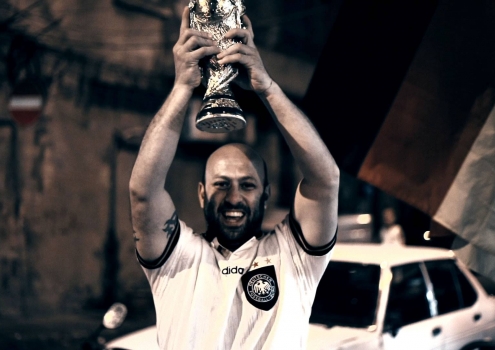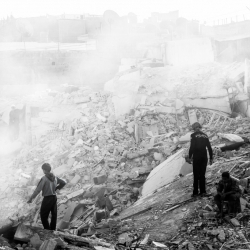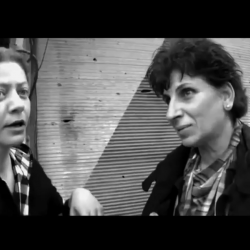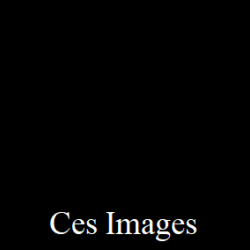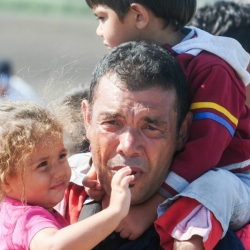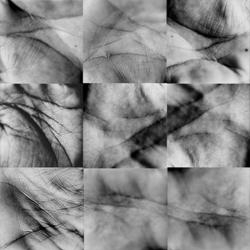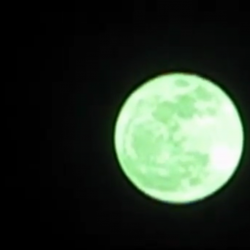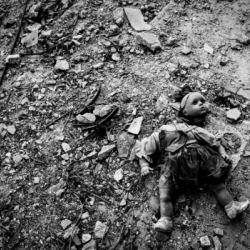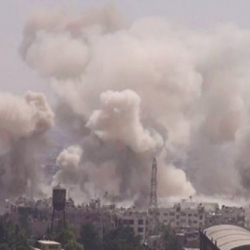Football and Civil War: Did Lebanon really win the World Cup?
13/07/2018
Author: Rida Hariri
A year after the warlords’ agreement in Taif, Saudi Arabia, the Lebanese civil war officially ended in 1990, with the Syrian regime seizing control of the presidential palace in Baabda and General Michel Aoun fleeing to his exile in France.
This is what we have read in newspapers and books, and what we have been seeing on television shows and documentaries. In reality, however, and more than twenty-eight years after its cessation, civil strife has continued to be at the core of public attention in Lebanon.
As is well known, Lebanon has not enjoyed real stability since 1990. It has been escaping one crisis to fall into another, concluding one conflict to be absorbed by yet another one. From the Israeli occupation to the aftermath of the assassination of PM Rafik Hariri, to the Doha agreement that followed the battles of 7 May 2008, all the way through the Arab Spring, and the subsequent vertical social divisions over the Syrian revolution and Hezbollah’s military involvement in the hostilities alongside the Syrian regime. But all these events have so far failed to steal the spotlight from the civil war, which remains the principal theme of much of Lebanese art production, including literature, fine arts and both fiction and documentary cinema.
From here, the short documentary Lebanon Wins the World Cup (2015) appears rather consistent with Lebanese film production. In their film (available for free on Vimeo during the World Cup), co-directors Tony ElKhoury and Anthony Lappé revisit wartime, not to dwell on events, but to discover the relationship civil war has with the World Cup, bringing in former fighters brought together by their love of Brazil’s team.
The 22-minute film is divided into two equal parts. The first takes place during the civil war, and the second section in 2014 during the 2014 tournament in Brazil.
Between Eastern and Western Beirut
Following the model of TV documentaries, the first section begins with old closing credits and archival material that explains, rather in quick narration, the political situation in Lebanon since it gained had independence from France in 1943, building up to the outbreak of the civil war on 13 April 1975. After this quick introduction, we are introduced to two men who fought against on another in their youth: Hassan Berri, who fought for the Communist Party between 1979-1982, and Edward Chamoun, a Lebanese Forces combatant between 1975-1986. We are faced with two men who stand on opposite sides. At some point in the past, Hassan was fighting for “social justice and the elimination of the economically dominant junta” and Edward was fighting to “protect the Christian presence and for fear of genocide.”
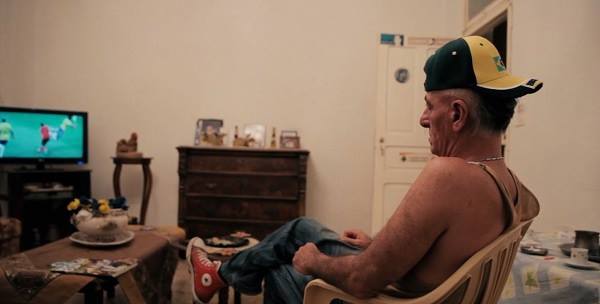
The style of narration switches as we move on to the night of 5 July 1982, following up with a mixture of re-filmed scenes, archival footage of the match and an interview with Hassan, then Brazil's defeat against Italy in the World Cup, up until Hassan's injury due to shelling that caused prompted him to leave fighting.
But it is not only Hassan was rooting for Brazil, but so was Edward. We soon learn of his love for the team of Zico, Socrates, and Serginho. This was not the only point of convergence between the two characters. Edward also took a bullet to the foot in 1978, causing him a permanent limp in his left foot. The film becomes interesting here; despite the supposed hostility between them, life managed to bring them together through the love of Brazil and the wounds of war.
Yesterday's Enemies, Today's Allies. But How?
The two characters do not only cross paths in the first part of the film. Their interviews were recorded separately, each filmed through a close-up, with both Hassan and Edward sitting in front of a dark background, only half of their faces under light, which gives their talk a sense of confession. This impression is reinforced by the funerary soundtrack by the Lebanese composer Oak. But with the beginning of the second half, the picture will change completely. Now we are in 2014, the World Cup in Brazil just kicked off, and people are going down to cafés and squares to watch the tournament and celebrate their teams.

From here, the narrative course becomes revealed, and it becomes clear that the two characters will get to know each other. The lead-up to that is paved with the disappearance of re-filmed scenes and archival footage, the widening of the film frame and its filling up with color, as well as the music that becomes increasingly cheerful.
Hassan and Edward come together, exchange courtesies, and watch together Brazil's match against Chile in the round of 16. They join in the celebration and repeat the same courtesies, this time with a camera filming them. The meetup ends on this picture; and then we see Hassan and Edward’s position – each on his own – on Brazil’s massive defeat by seven goals to Germany. We also watch talks about the horrors of the war, and how football brought them together, just as Nelson Mandela brought white and black people in South Africa together in a rugby match, as Hassan say.
The film concludes with this: Sports in general, and football in particular, can mend what politics break. It is the conclusion that could be sensed throughout the film as the end-game of the co-directors.
From the start, Khoury and Lappé chose to stay away from “danger,” so to speak. Taking an entirely neutral and simplistic breath at the same time, they portray the civil war as an atrocity and exchanged massacres between Muslims and Christians. The two directors do not seek to go deeper into the reasons for the withdrawal of Hassan and Edward, despite their differences. While Hassan’s abandonment of his previous convictions appears clear, reflected in his renunciation of the war after his injury, Edward does not seem to regret his participation in the war for reasons other than the injury it caused him. For he continued fighting for another eight years. A picture of Bachir Gemayel also incidentally appears above his house door in one shot.
Even the one meeting barely appeared in shots mostly accompanied by music, with few words that are not very different from the courteous words of reconciliation and co-existence similar to those reiterated by the political class. There is no confrontation between the two sides, they do not reminisce the years of war together, nor do they even exchange their current or previous political views.
All of this is of no importance to the filmmakers, who seem to have imposed on the film and its viewers their viewpoint that sports mend what politics breaks! An argument that does not hold up much to scrutiny.
Is Football the Antithesis of Politics?
As the most popular game in the world, Football has long been an outlet for political ideas and conflicts between nations, but also for exploitation by politicians, just as it has helped bring people closer to each other and reduce political disputes. Evidence are plenty on this matter: from the “Football War” that broke out between El Salvador and Honduras following a World Cup qualifying match, which sparked the accumulated hatred between the two nations; to Maradona’s infamous “Hand of God” against England after the Falklands War; all the way through the exchange of flowers between the Iranian and American players in the 1998 tournament in France; and not ending with Mohamed Salah, whose brilliance with Liverpool served – inadvertently or not – as a speech against Islamophobia recently prevailing in some European circles.
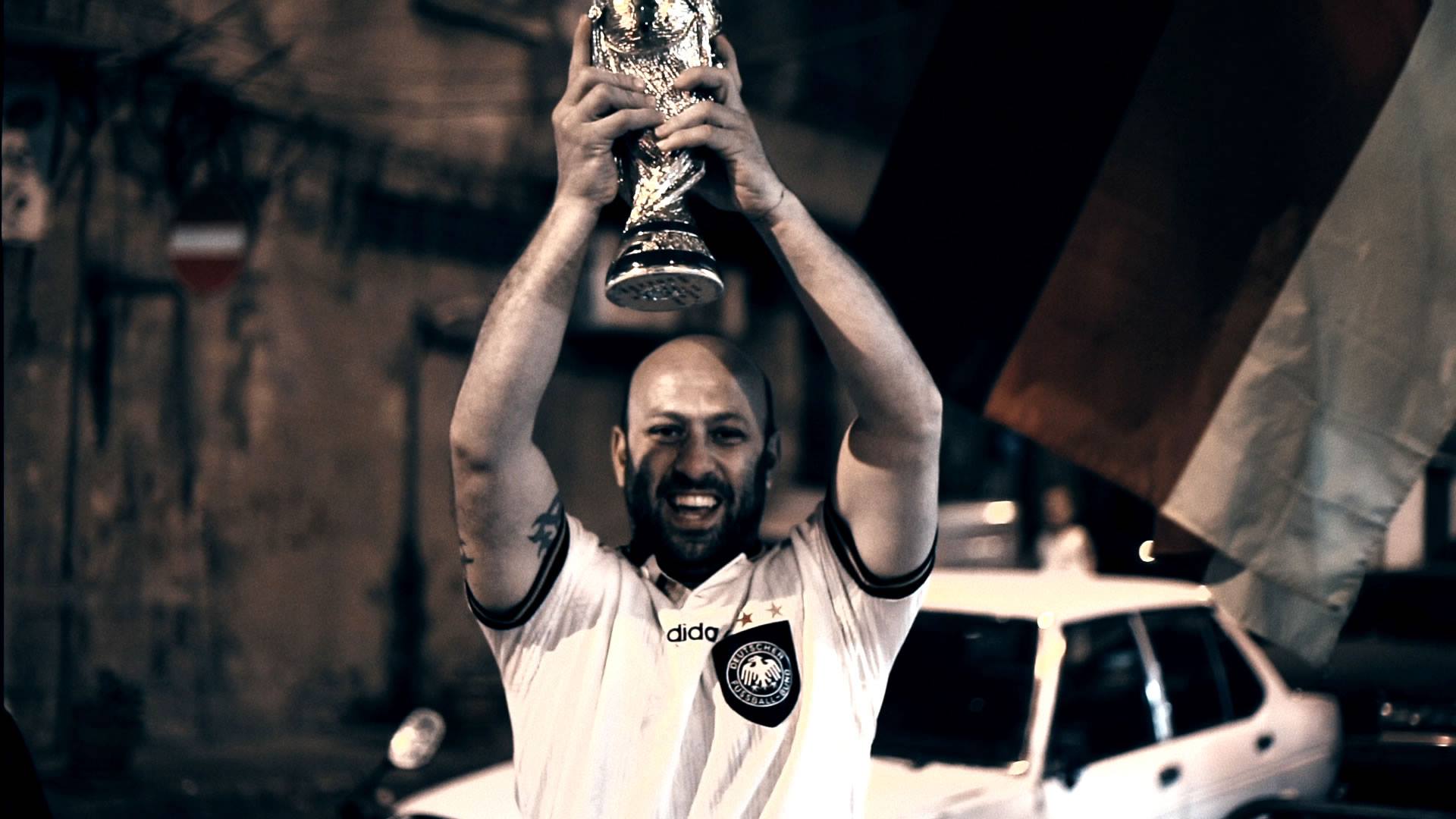
Many filmmakers have worked to show the close relationship between football and politics, such as Emir Kusturica in his film on Maradona Maradona by Kusturica (2008), James Erskine in One Night in Turin (2010), or Sam Benstead in Coach Zoran and His African Tigers (2014). These works explore in greater depth the mutual influences between the two fields, and provide a far more perceptive document than Lebanon Wins the World Cup, which indeed enjoys many strong elements that Tony ElKhoury and Anthony Lappé failed to employ in a picture free from the worn out Lebanese way of cherishing coexistence, tabbouleh, hummus, and zajal (oral strophic poetry). In this context, it may be useful to recall Frédéric Laffont’s documentary Beyrouth, des balles et des ballons (1990), which was screened in 1992.
“Beirut Bullets and Balls”
In a city that has just emerged from a 15-year war, where its magnificent buildings have turned into ruins where the cattle march along people, Laffont chose to follow a ball spinning alone in the streets, leading him to the Nejmeh FC, the most popular football club in Lebanon.
In the film, Laffont is concerned with two central themes: the relationship between the Nejmeh FC fans and their team, and the impact of the war on them and their favorite team and players. The camera moves all the time between the fans and the players. The film does not conclude with a single suggestion and does not impose a particular view on its viewer. Sure, you see the public love for the team and how the game was a refuge for them during the war, a rescue from a quagmire of militias and arms, but you would not see a beautified truth. Players say they love their only Christian teammate, emphasizing that they do not differentiate between people on the basis of religion. But when the camera is alone with Ellie, he admits that some players do not treat him as affectionately as they claim. On the other hand, Mahmoud Hammoud and Ali Jaber talk about the period of infighting between Hezbollah and the Amal Movement, and how both were carrying weapons in the streets in each other’s face and then come to train together on the field.
Although any comparison between Beyrought, des balles et des ballons and Lebanon Wins the World Cup would favor the former, Tony ElKhoury’s and Anthony Lappé’s film remains nontheless worth watching. It is, in the end, one of the very few Lebanese films that tackle football, the most popular game in Lebanon and the rest of the world.



